By Diana Swinford, CVT CCRP
When a dog undergoes surgery—whether for orthopedic, neurological, or soft tissue issues—post-operative care is crucial for ensuring a successful recovery. One of the most effective tools in post-surgical recovery is canine physical therapy. By incorporating tailored therapeutic exercises and modalities, physical therapy can significantly improve a dog’s healing process, reduce pain, and restore mobility.
Why is Physical Therapy Important After Surgery?
Surgery is often just the first step in a dog’s healing journey. Without proper rehabilitation, dogs may experience prolonged pain, stiffness, muscle atrophy, or even a decline in overall function. Physical therapy helps bridge the gap between surgery and a full return to normal activities by promoting safe and effective healing.
Key Benefits of Post-Surgical Physical Therapy
- Pain Management: Techniques such as laser therapy, massage, and controlled exercises help reduce pain and inflammation.
- Improved Mobility: Physical therapy restores joint range of motion and helps prevent stiffness.
- Muscle Strengthening: Rehabilitation exercises rebuild muscle mass that may have been lost during periods of rest.
- Enhanced Healing: Therapies like hydrotherapy and ultrasound can stimulate blood flow and promote tissue repair.
- Preventing Complications: Regular therapy sessions can reduce the risk of complications such as scar tissue formation or compensatory injuries.
Types of Physical Therapy Techniques for Dogs
1. Hydrotherapy
Using water’s buoyancy, hydrotherapy provides a low-impact way to strengthen muscles and improve mobility without placing stress on healing joints.
2. Manual Therapy
This includes massage, stretching, and joint mobilization to reduce pain, improve circulation, and enhance flexibility.
3. Therapeutic Exercises
Balance boards, cavaletti poles, and strength-building exercises help dogs regain coordination and stability.
4. Cold and Heat Therapy
Applying heat or cold packs can help manage pain and reduce swelling in the affected area.
5. Electrical Stimulation (E-Stim)
E-Stim is often used to stimulate muscle contractions, prevent atrophy, and promote healing in soft tissues.
What to Expect During Rehabilitation
A certified canine rehabilitation practitioner (CCRP) or a veterinary professional will evaluate your dog’s specific needs and develop a personalized treatment plan. Sessions typically start with gentle exercises and gradually progress to more challenging activities as your dog gains strength and confidence.
Physical therapy plays an invaluable role in the post-surgery recovery process for dogs. It not only aids in physical healing but also contributes to a dog’s mental well-being by keeping them active and engaged. By choosing rehabilitation, pet owners can provide their dogs with the best chance of returning to a happy, healthy, and active lifestyle after surgery.

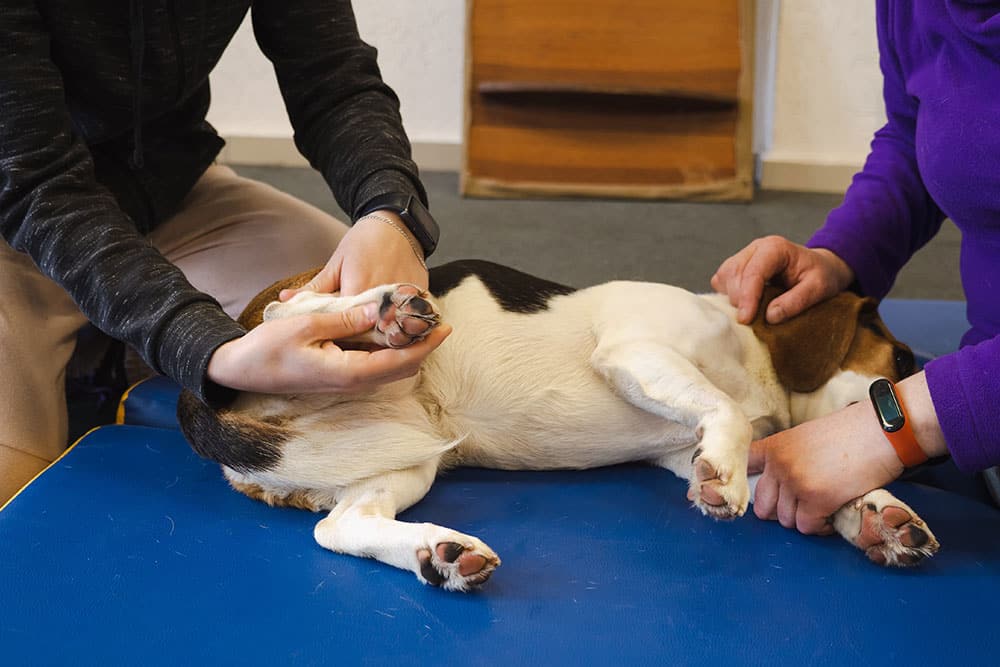
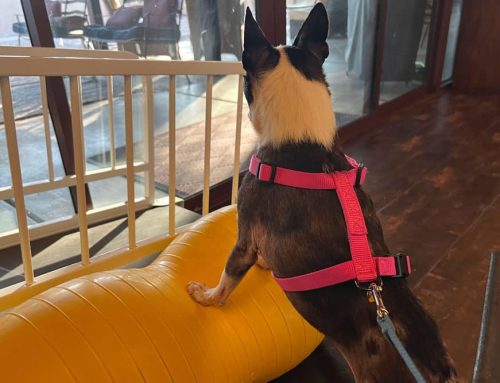







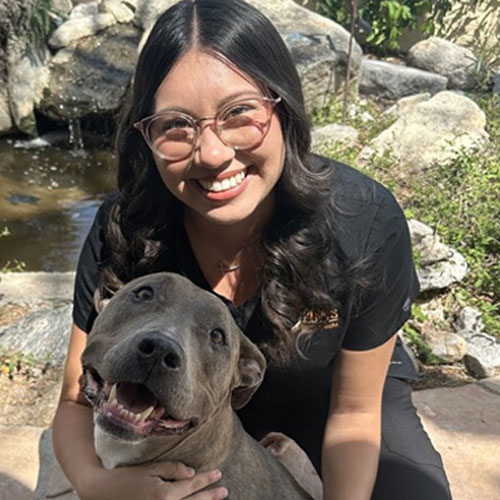

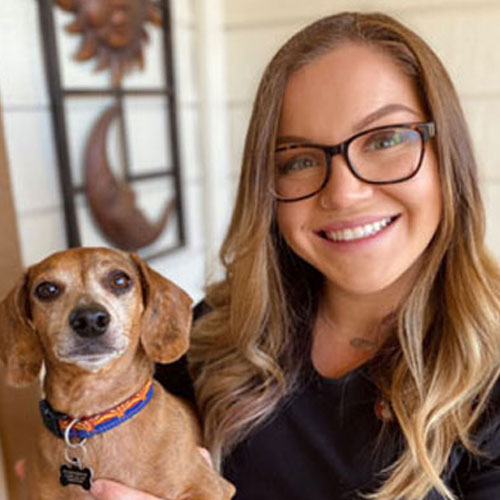

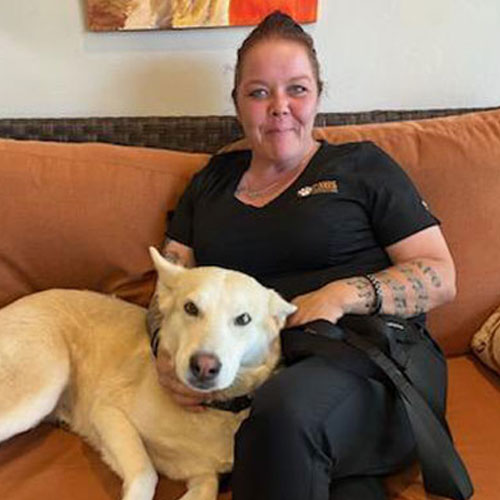
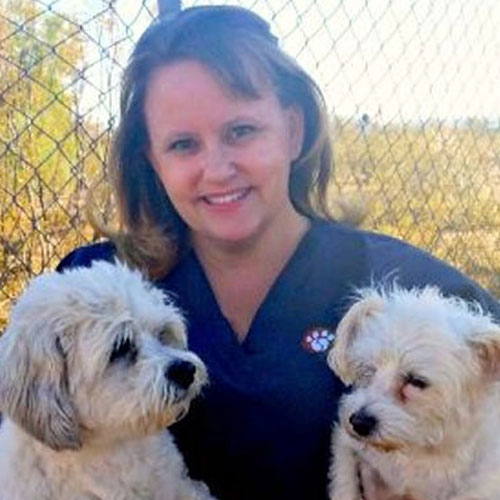
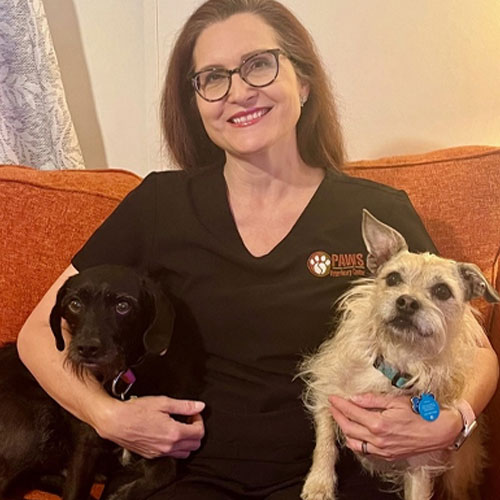
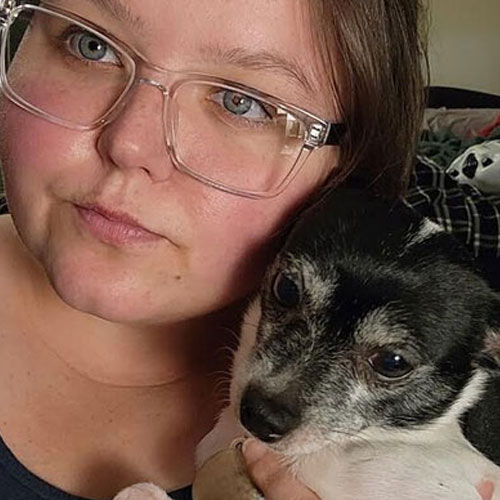
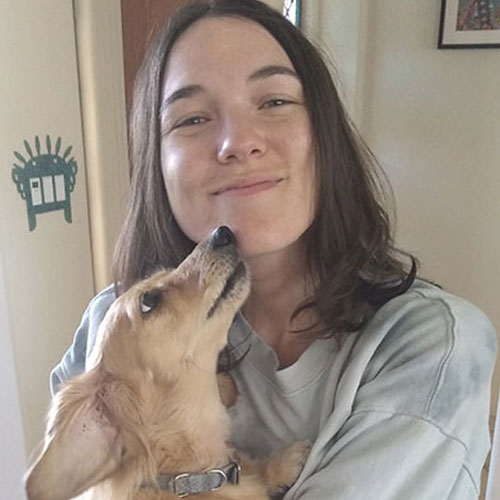
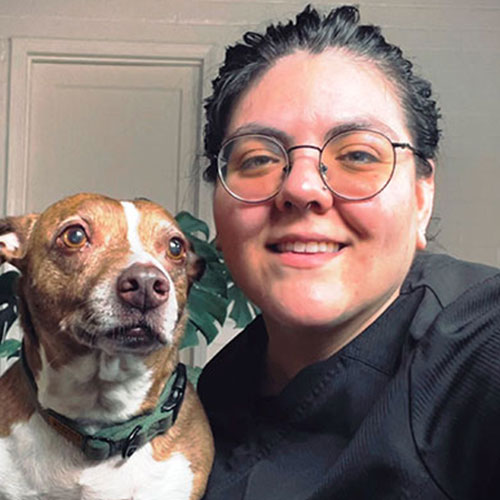
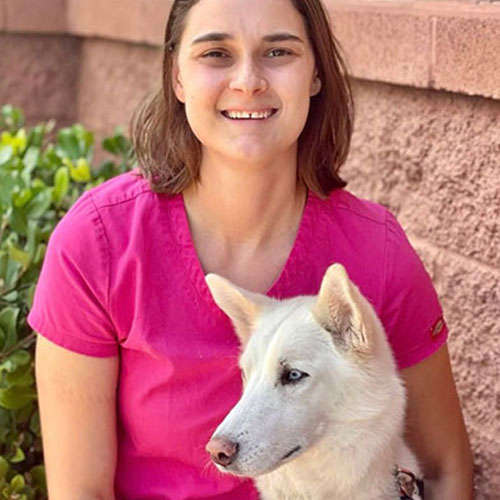
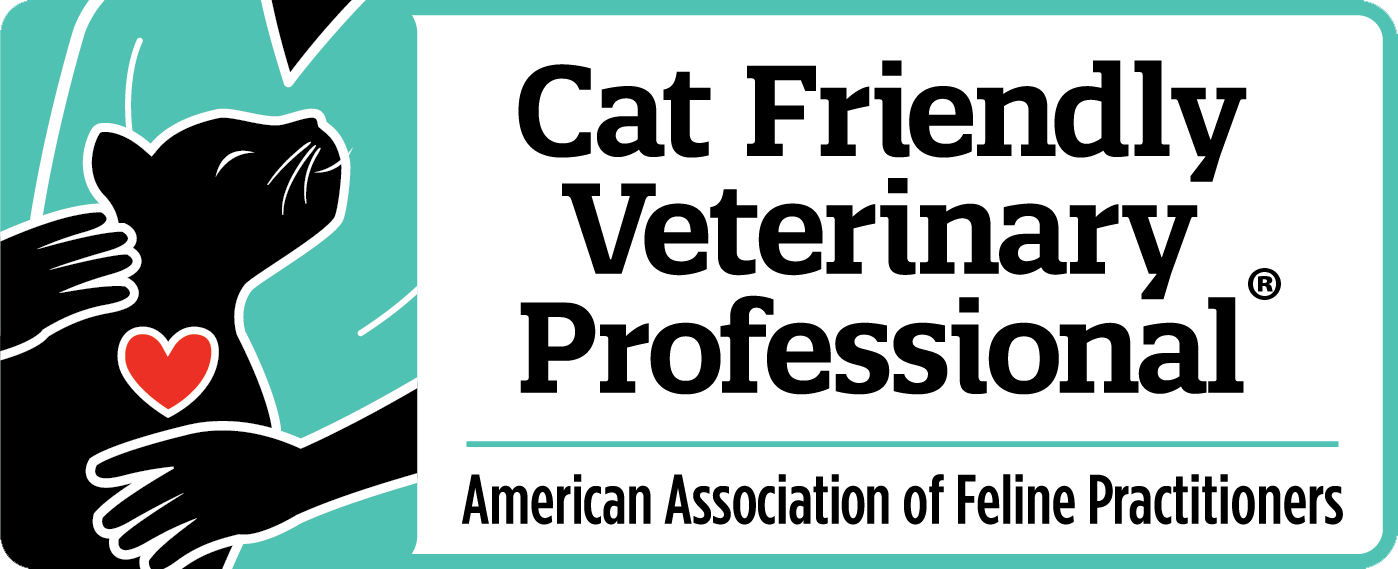
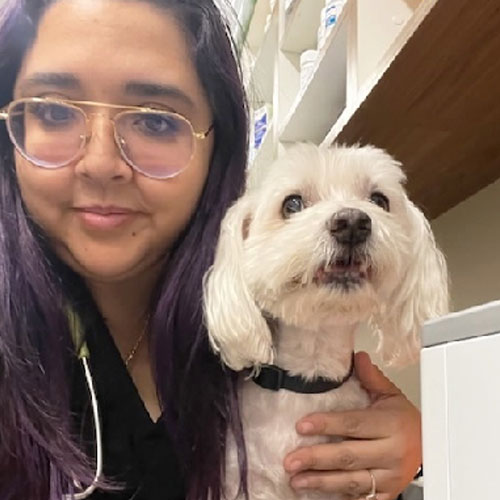
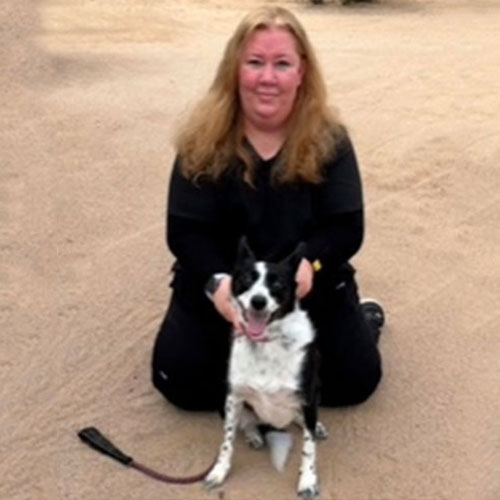
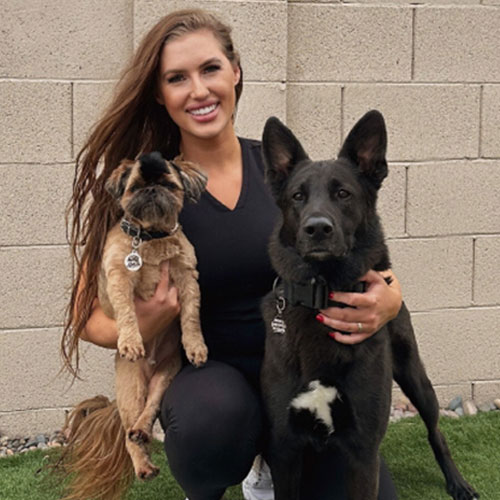

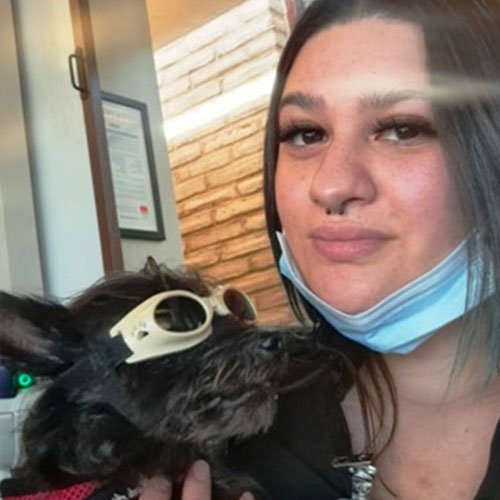


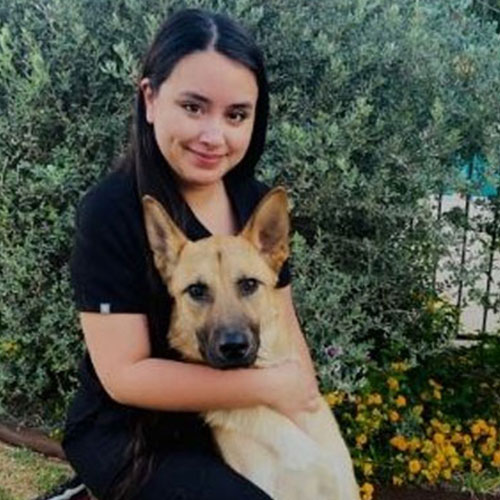
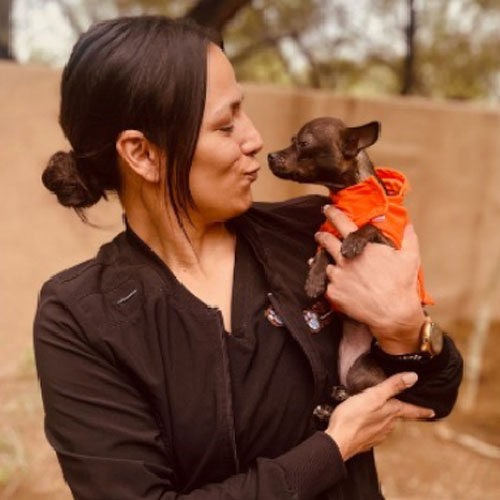
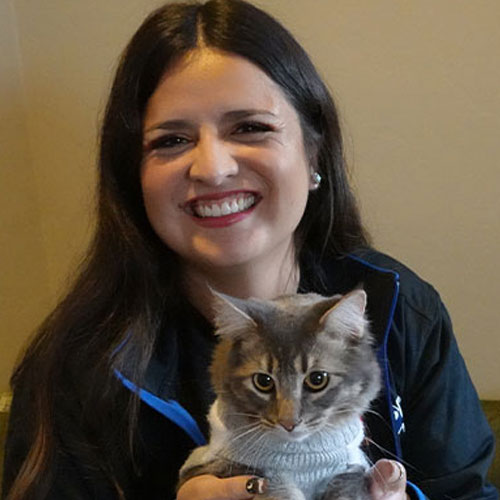

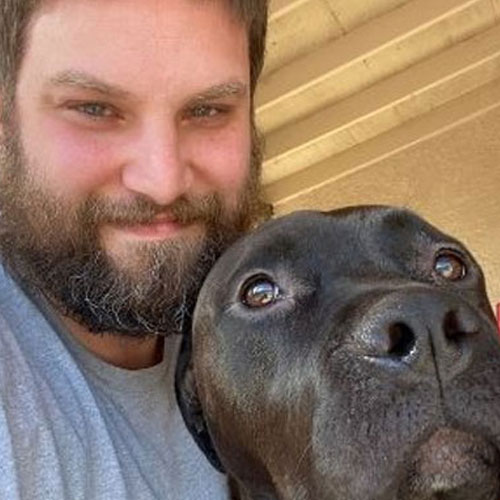
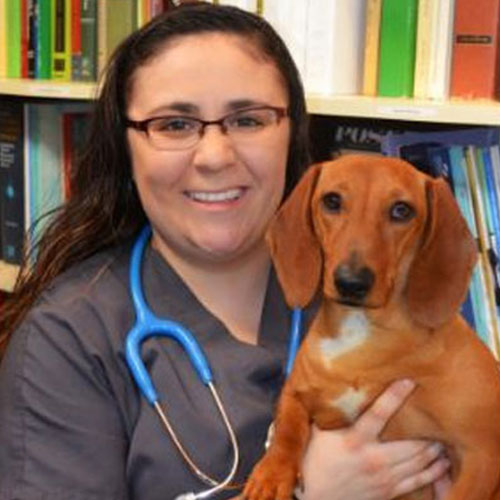
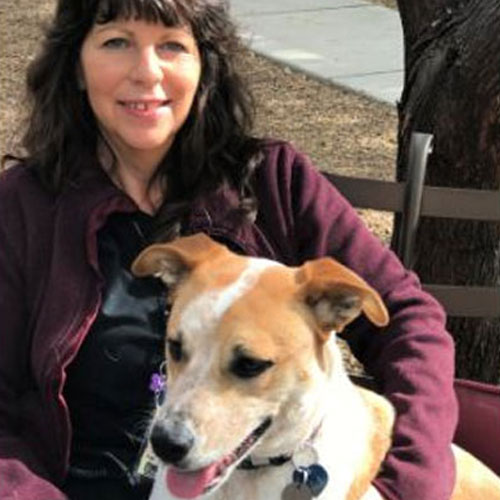


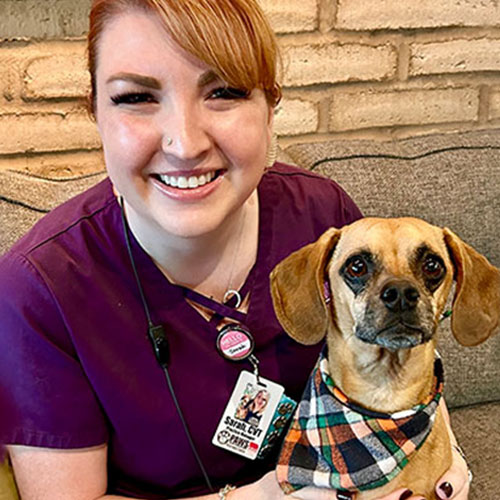
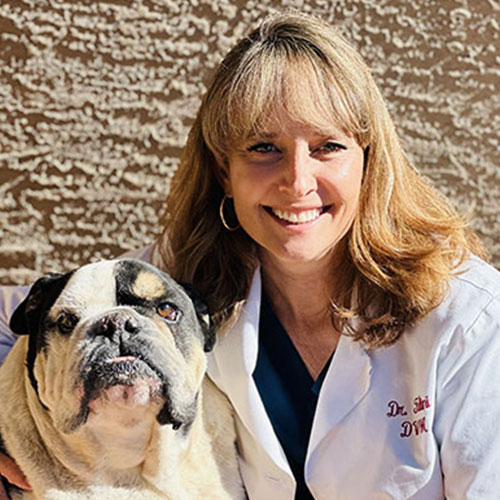

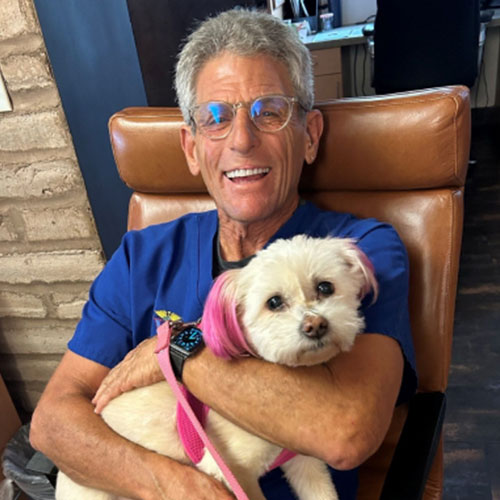






Leave A Comment